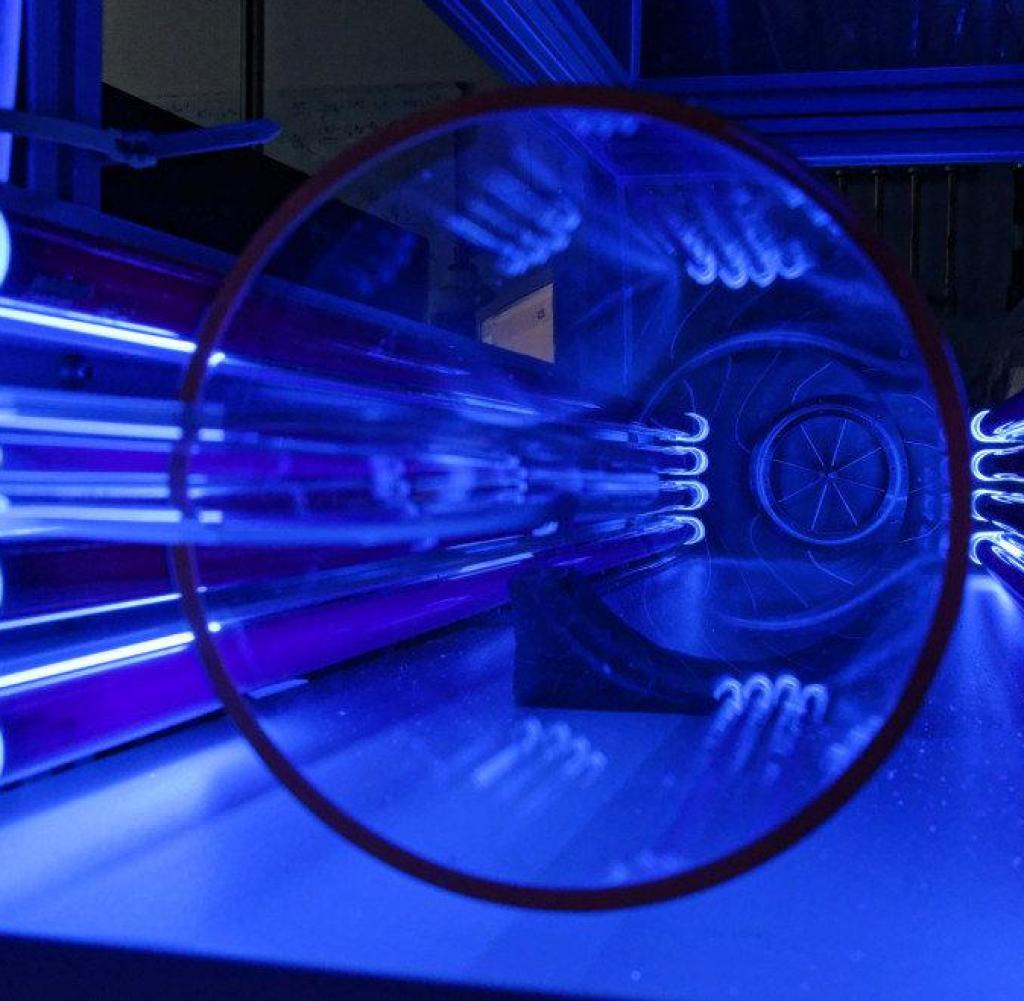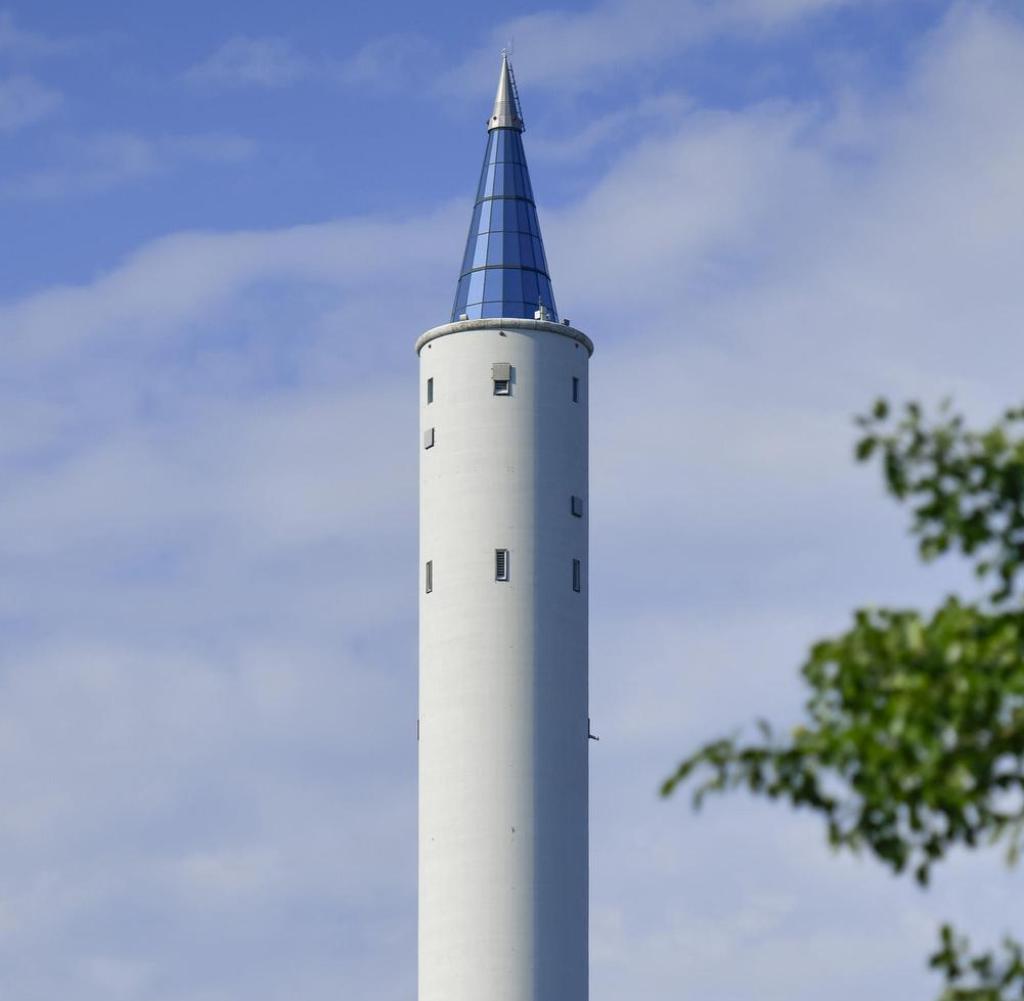Paving the way for newly discovered hydrogen oxide


The presence of hydroxides has now been demonstrated in laboratory tests in Leipzig
Source: Tilo Arnhold, TROPOS
Researchers have discovered a new class of substances in the atmosphere. Water oxides, millions of tons of which are produced every year, are highly reactive. However, the shelf life is probably too short.
eAn international research team has discovered a new class of substances in the atmosphere. Hydrotrioxides are super-reactive chemical compounds that can form millions of tons per year, Scientists report in Science magazine. So these substances can have an impact on human health and the climate – but chemists can’t say exactly which ones.
Chemical reactions occur constantly in the lower layers of the Earth’s atmosphere, converting hundreds of millions of tons of natural and man-made hydrocarbons every year. Researchers have long suspected that hydroxides (ROOOH) are also formed in this process. These reactive compounds consist of three successive oxygen atoms (O), one hydrogen atom (H), and one carbon (R) radical.
In chemistry, they are produced as oxidizing agents at extremely low temperatures in organic solvents. However, whether they also occur as gases in the warmer atmosphere has only been speculated so far.
Researchers from the Leibniz Institute for Tropospheric Research (TROPOS), along with colleagues from Copenhagen and Pasadena (California, USA), demonstrated the formation of hydrated oxides under atmospheric conditions. To do this, they analyzed the surrounding air in a so-called free-flow tube using a mass spectrometer. They found that hydrotrioxides can be formed by the reaction of peroxy radicals (RO2) with hydroxyl radicals (OH).
“It is really exciting to show that there is a new general class of compounds with abundant precursors in the atmosphere,” says study leader Henrik Kjærgaard from the University of Copenhagen. The life span of hydrotrioxides is likely to be between 20 minutes and 2 hours. After that, the material will be disassembled again.
Tropos first author Torsten Berndt stresses that more research must now determine the role of hydrotrioxides for health and the environment. For example, carbon trioxide can dissolve in aerosols, and small particles in the air, form new compounds with previously unknown effects, Kjærgaard adds: “It is easy to imagine that there are new substances in aerosols that are harmful when inhaled.”
Although aerosols also affect climate, they are among the factors that are difficult to describe in climate models. The aqueous oxidation is supposed to have an effect on the number of aerosols that are produced. “Because sunlight is reflected and absorbed by aerosols, this affects the Earth’s heat balance,” explains co-author Eva Kjærgaard.
However, the researchers are not worried. Henrik Kjærgaard comments, “These links were always there, and we knew nothing of them.” “But the fact that we now have evidence that the compounds form and survive for a period of time means that it is possible to study their effects more specifically and respond to them if they turn out to be dangerous.”

“Total coffee aficionado. Travel buff. Music ninja. Bacon nerd. Beeraholic.”











More Stories
Coral Seeding: Artificial Insemination Makes Coral More Heat Tolerant
Fear, Anger, and Denial: How People Respond to Climate Change – Research
LKH Graz: Using radiation to combat heart arrhythmias